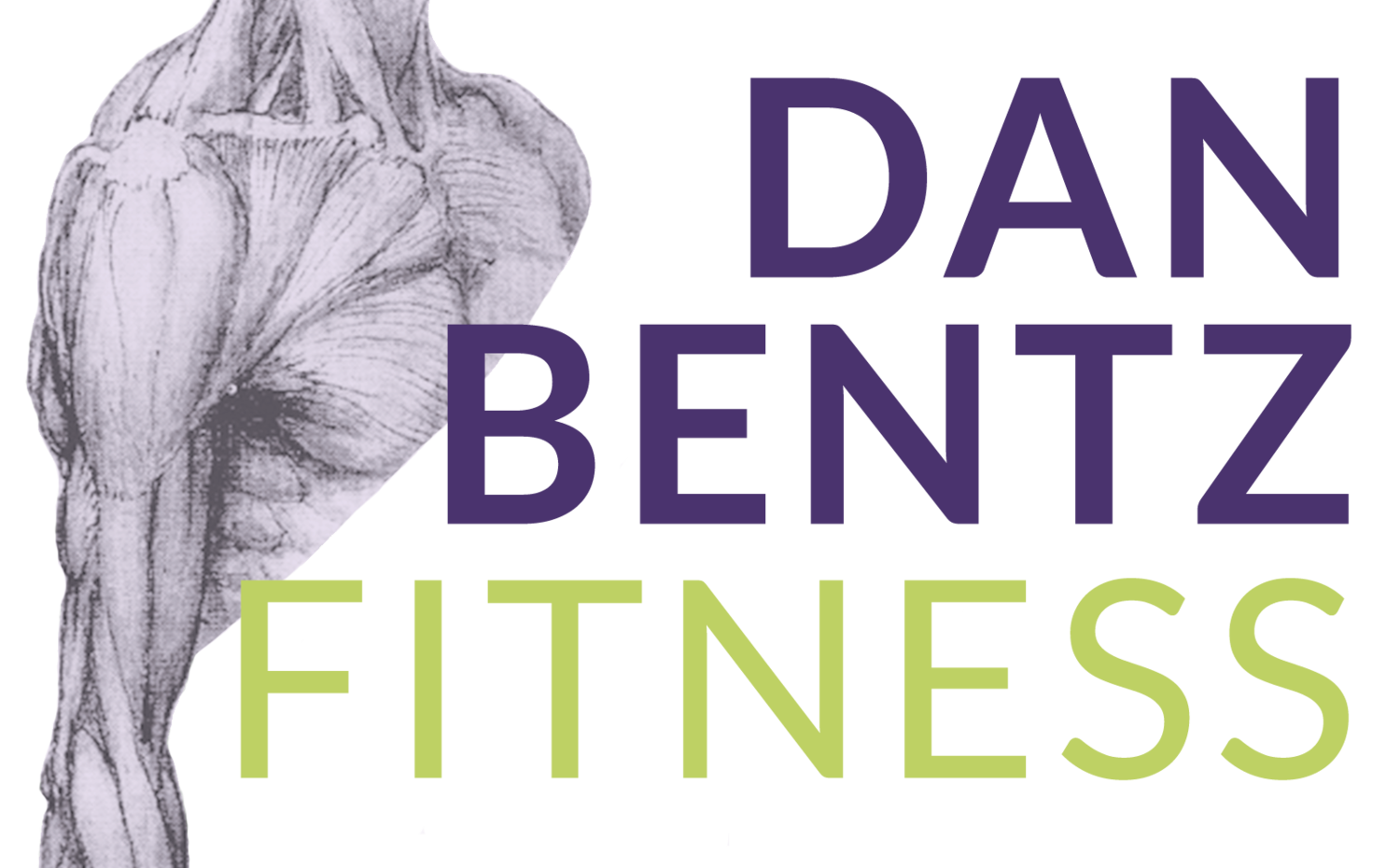According to a recent NBC news report, running five minutes a day may be all you need to reduce your risk of death from heart attack or stroke by 45%. This isn’t news, really. Running is physical activity; running is exercise. Running is a form of challenge to the body, which the body must adapt to. The question is whether or not the challenge is appropriate. Not everyone should get out and run for five minutes, at least not at the beginning. If someone hasn’t run before, or hasn’t in years, or is obese or overweight, running may not be a good idea at all. Another form of exercise that challenges the body may be even more beneficial.
Each of us have a certain physical tolerance or threshold. We each have specific structural capabilities. Our current tolerance or threshold should not be exceeded and instead should be built up with proper micro-progressions over time. Because we are monitored by homeostasis, the body’s innate response/control mechanism, we will only adapt to what we’re being challenged by. The body won’t do what it doesn’t have to do (efficiency).
We need to assess our current level of fitness, make specific short-term and long-term goals for ourselves, and progress ourselves safely toward those goals. Don’t do something because everyone else is doing it. Rethink and question everything.

